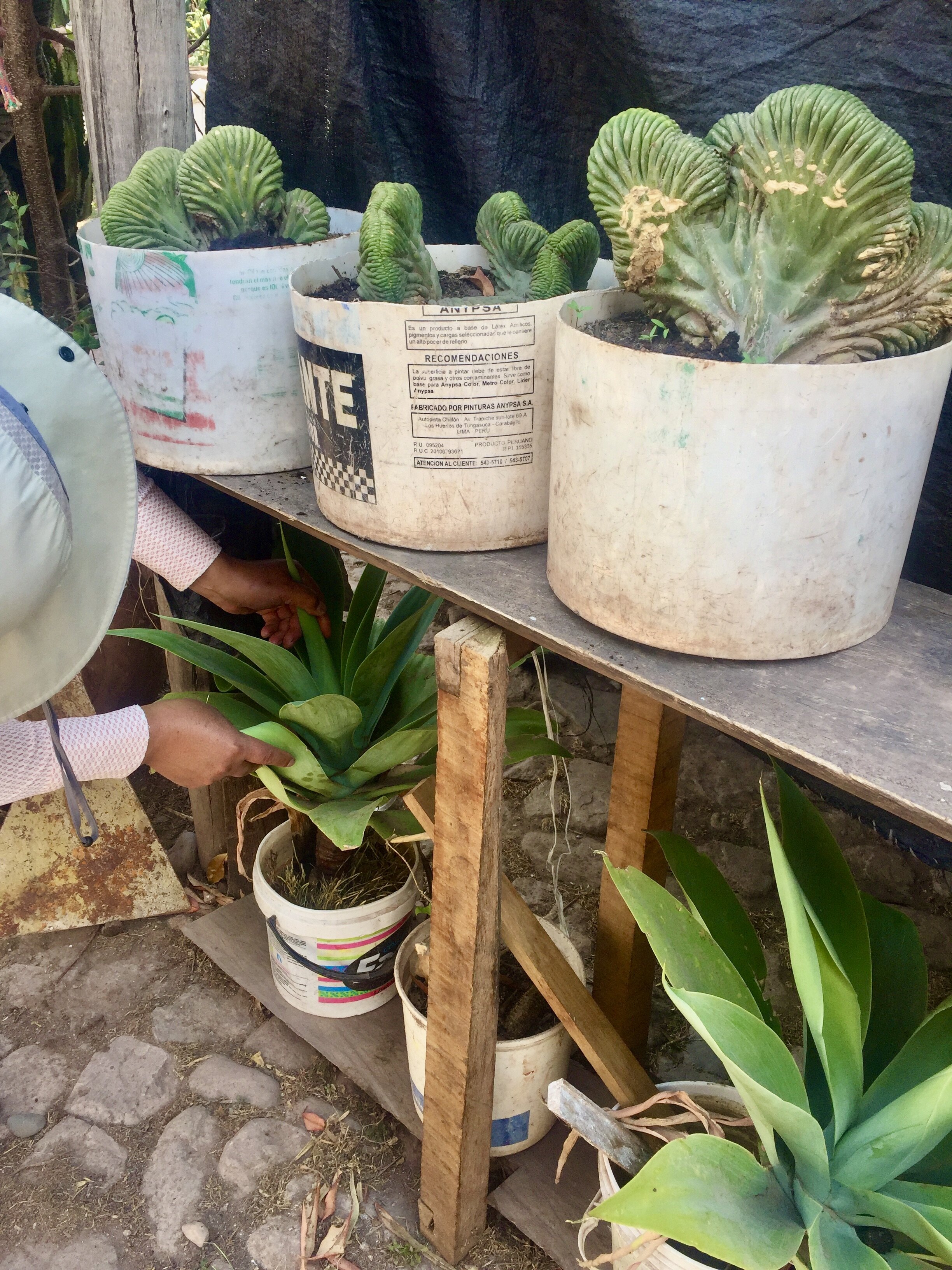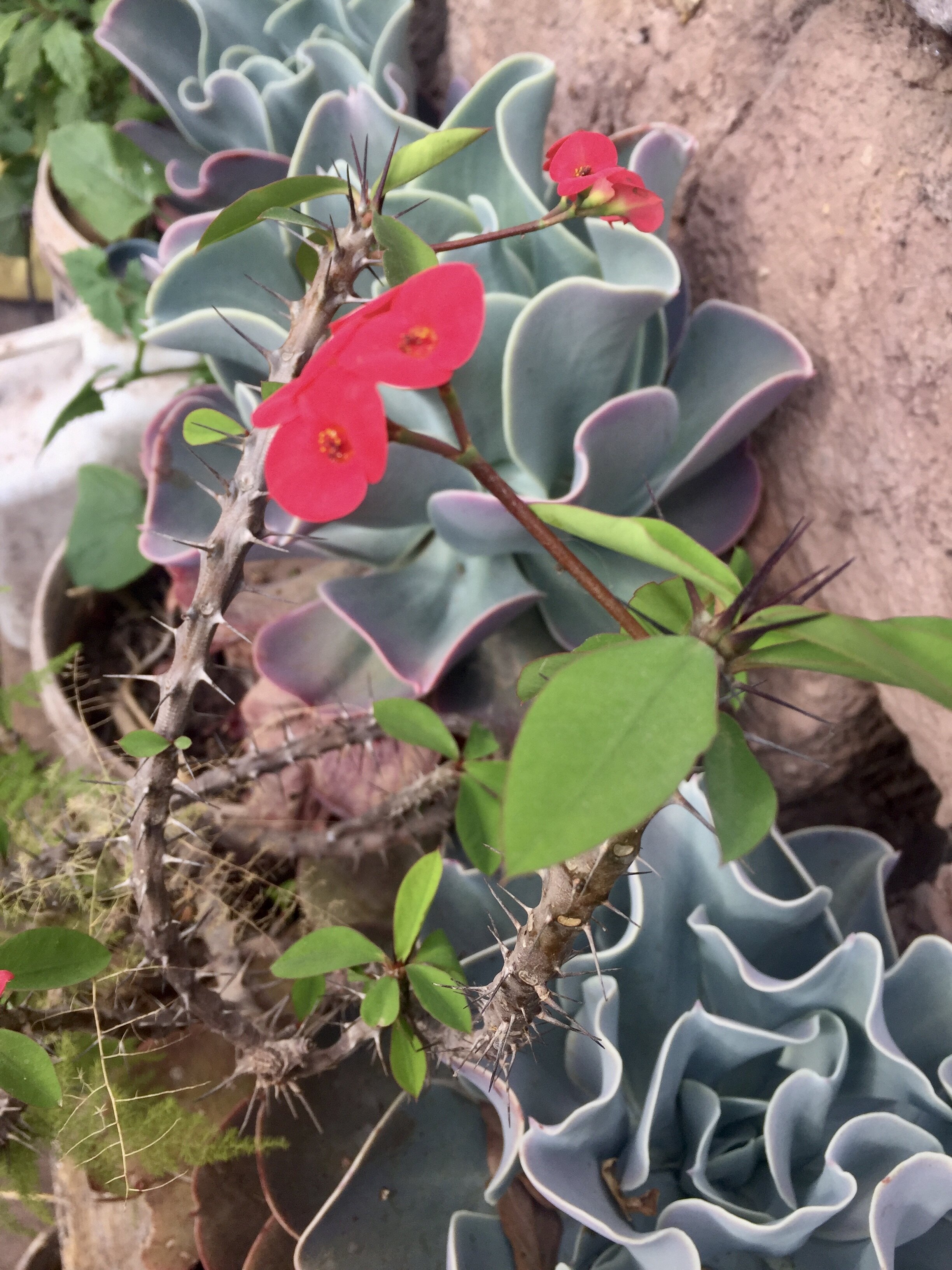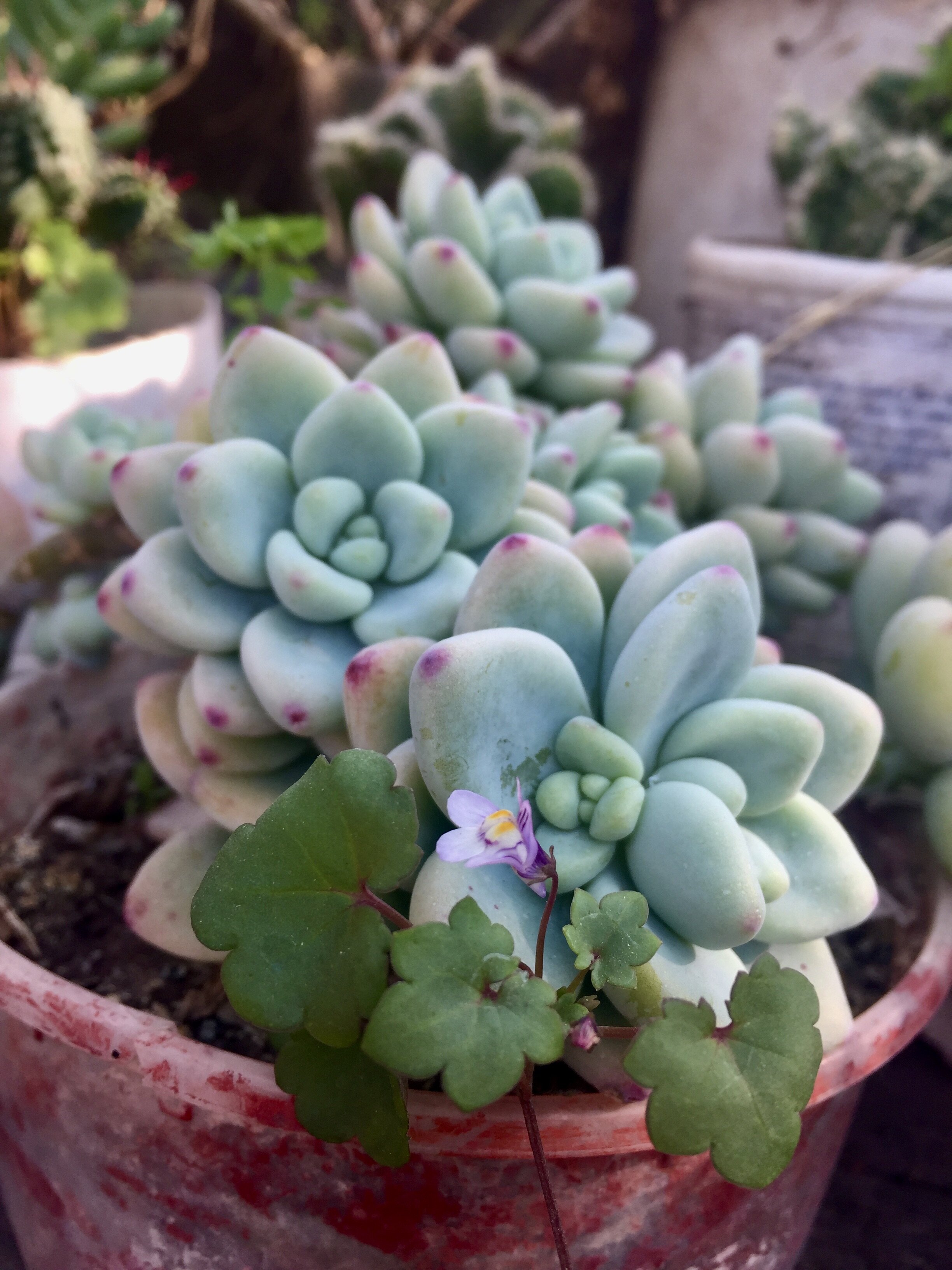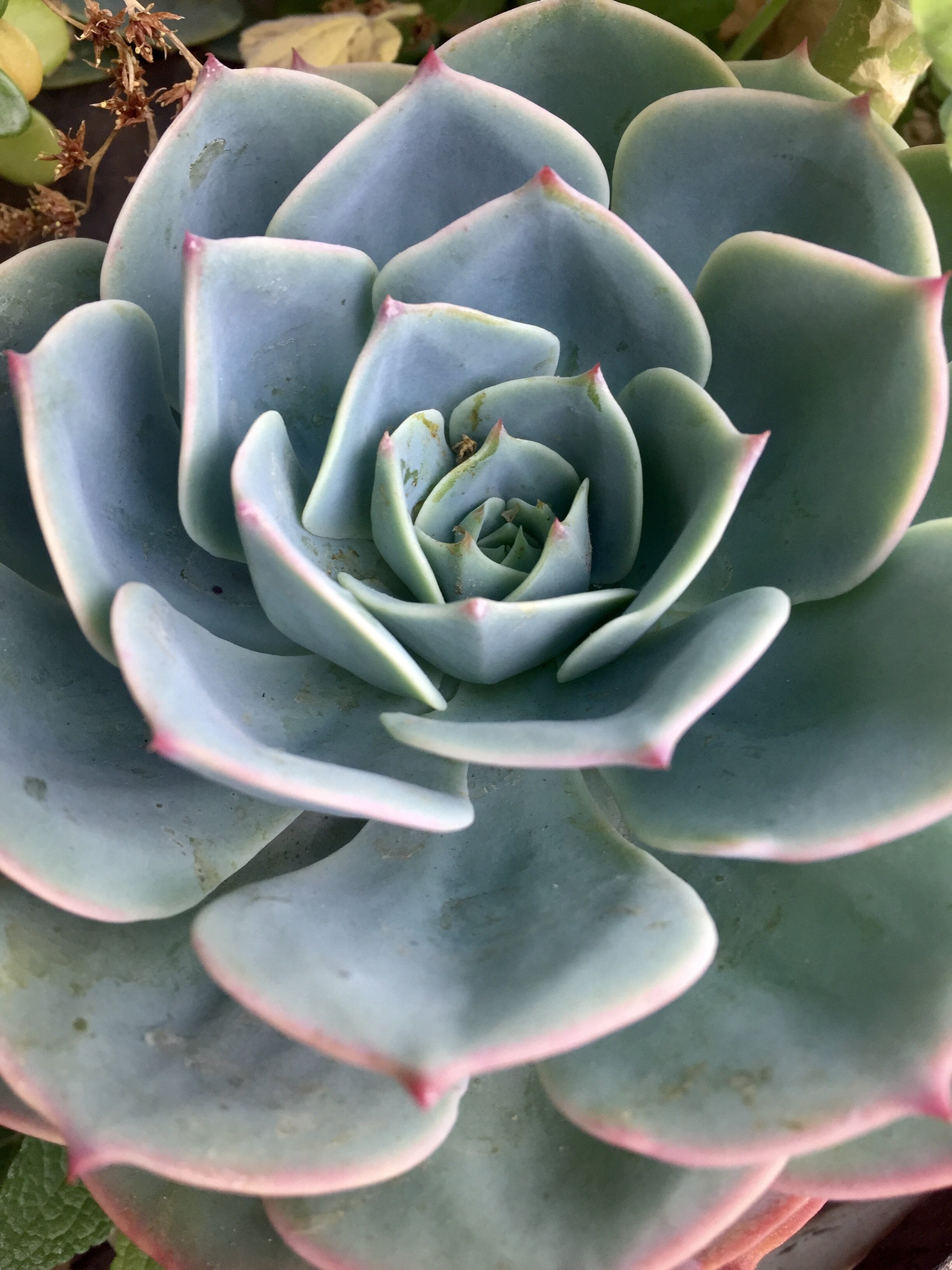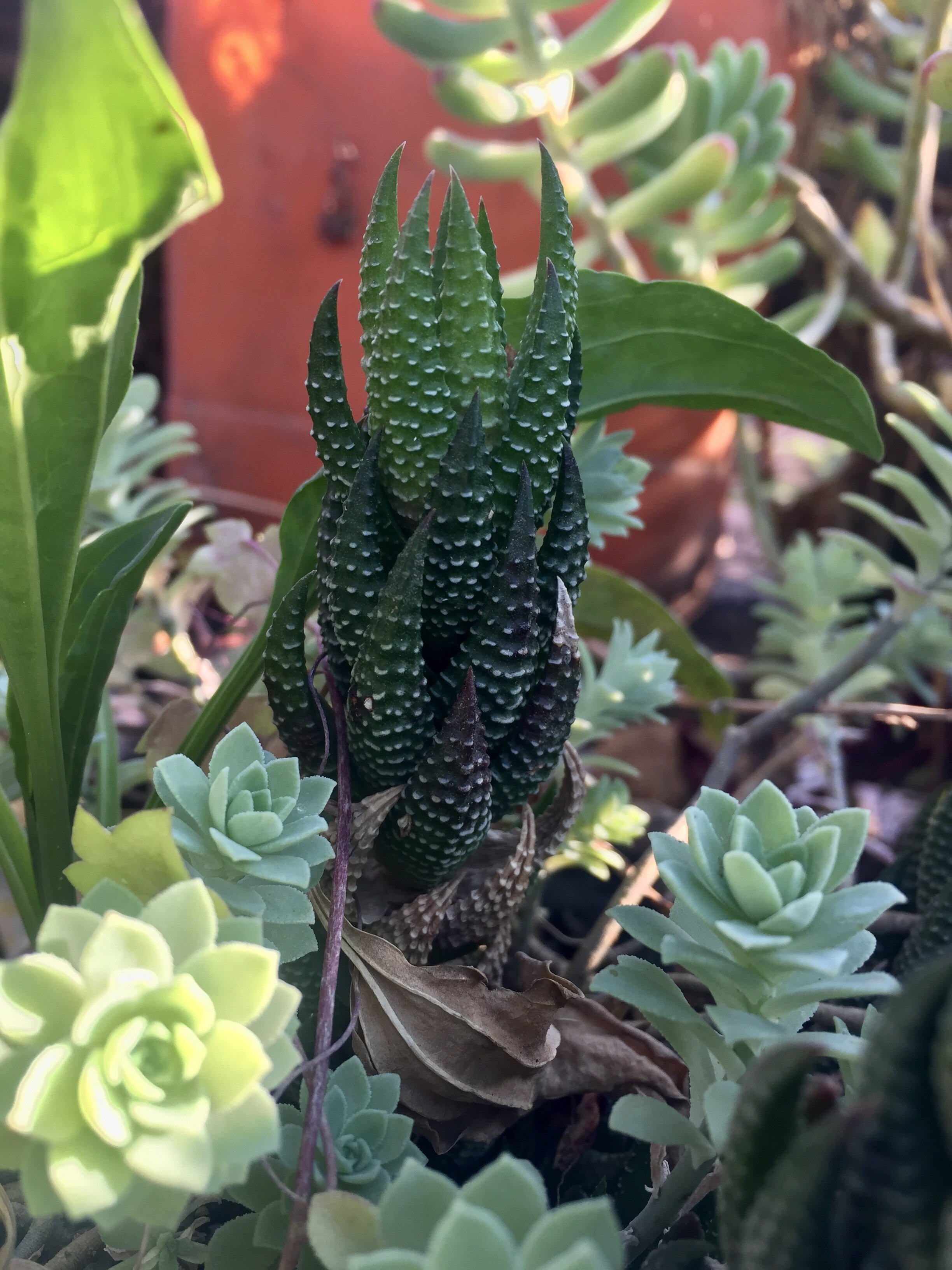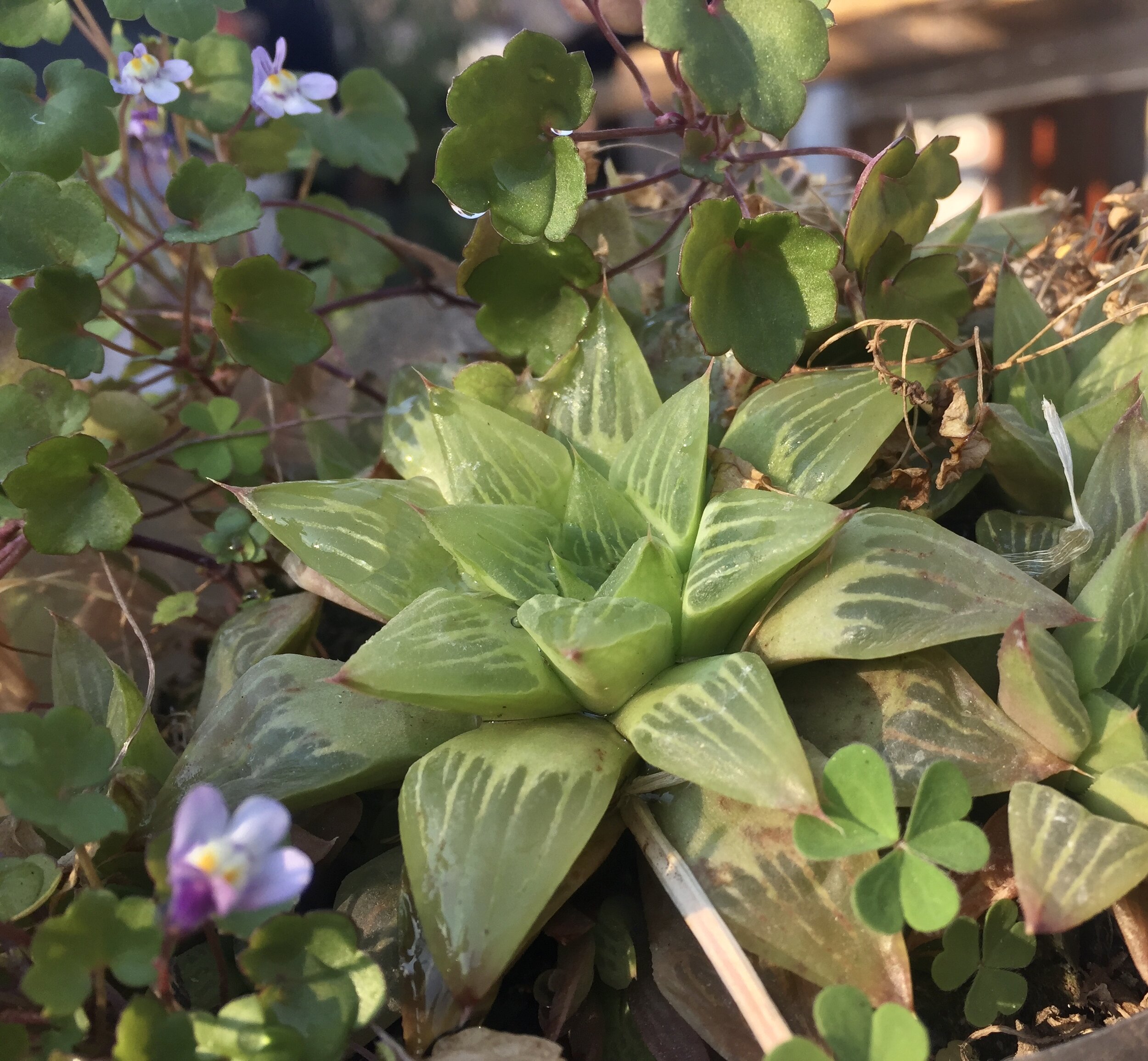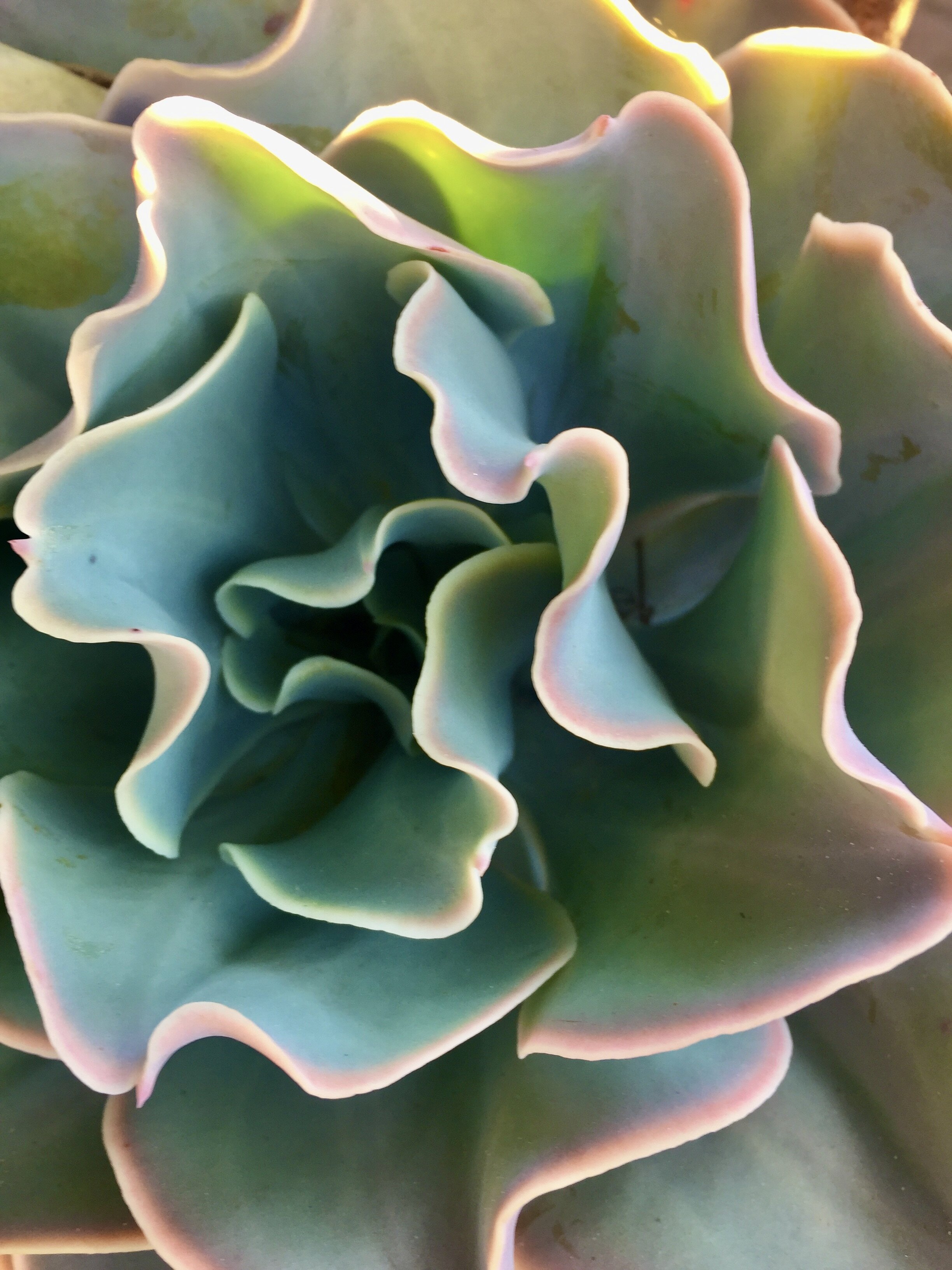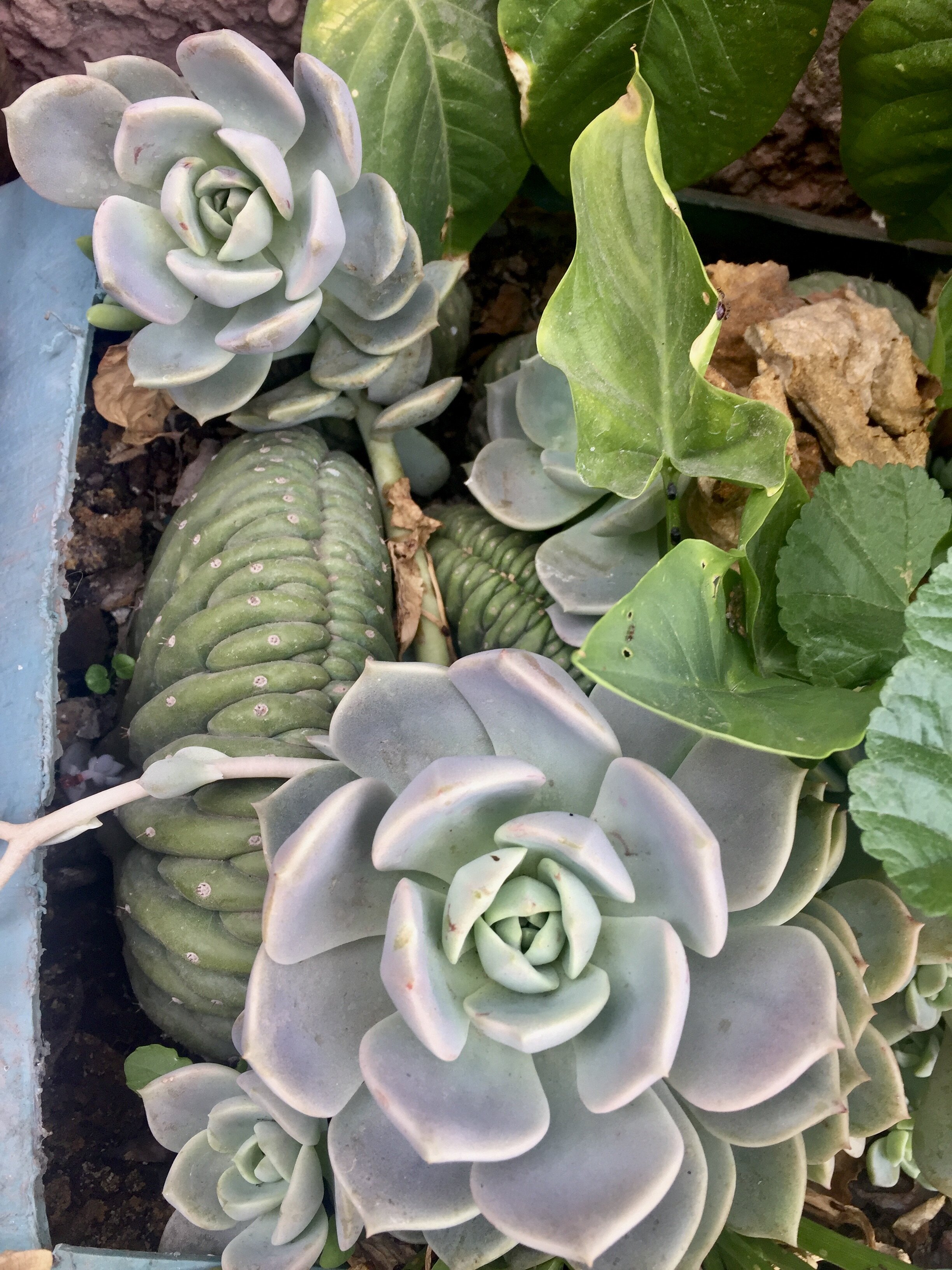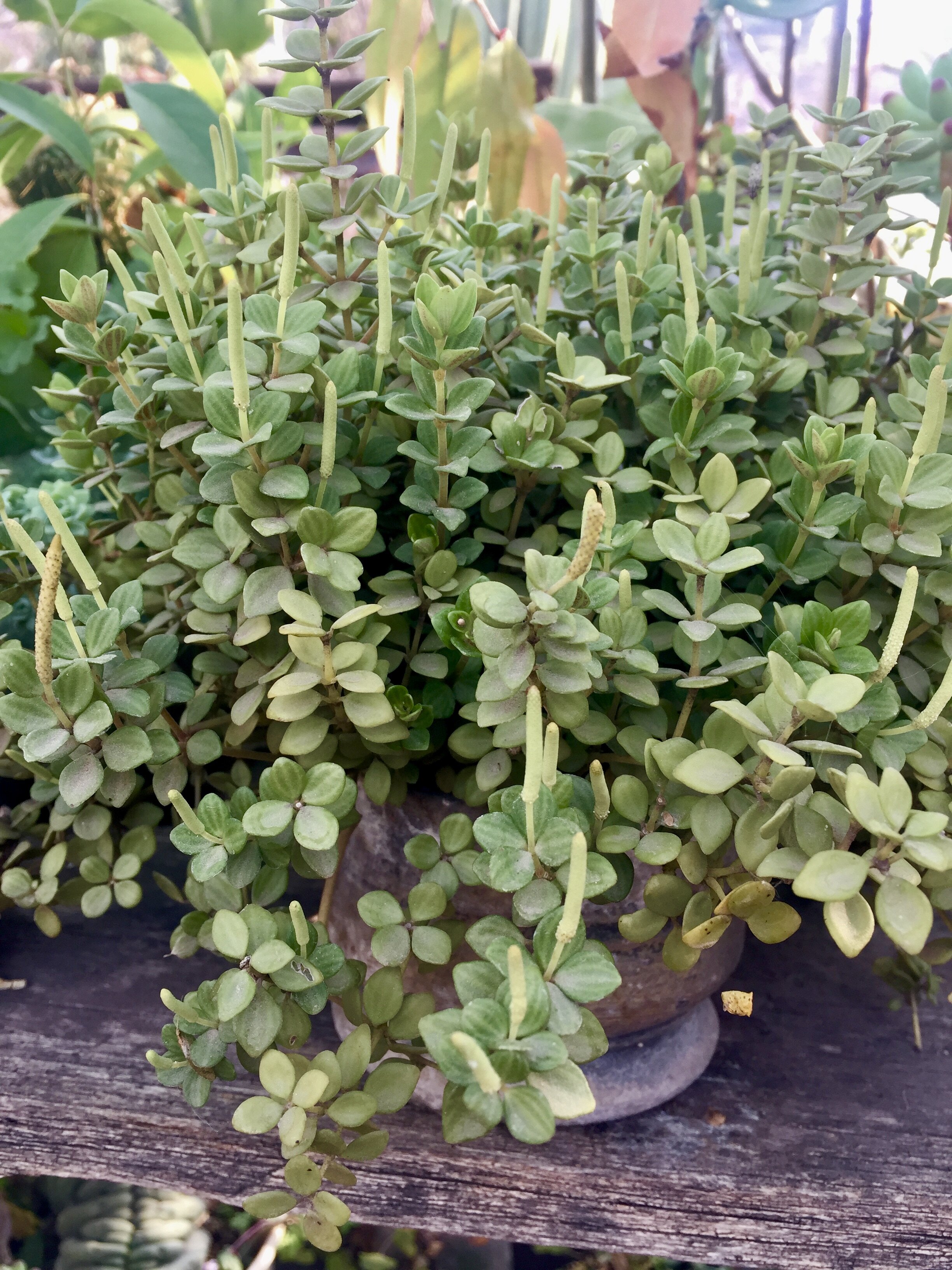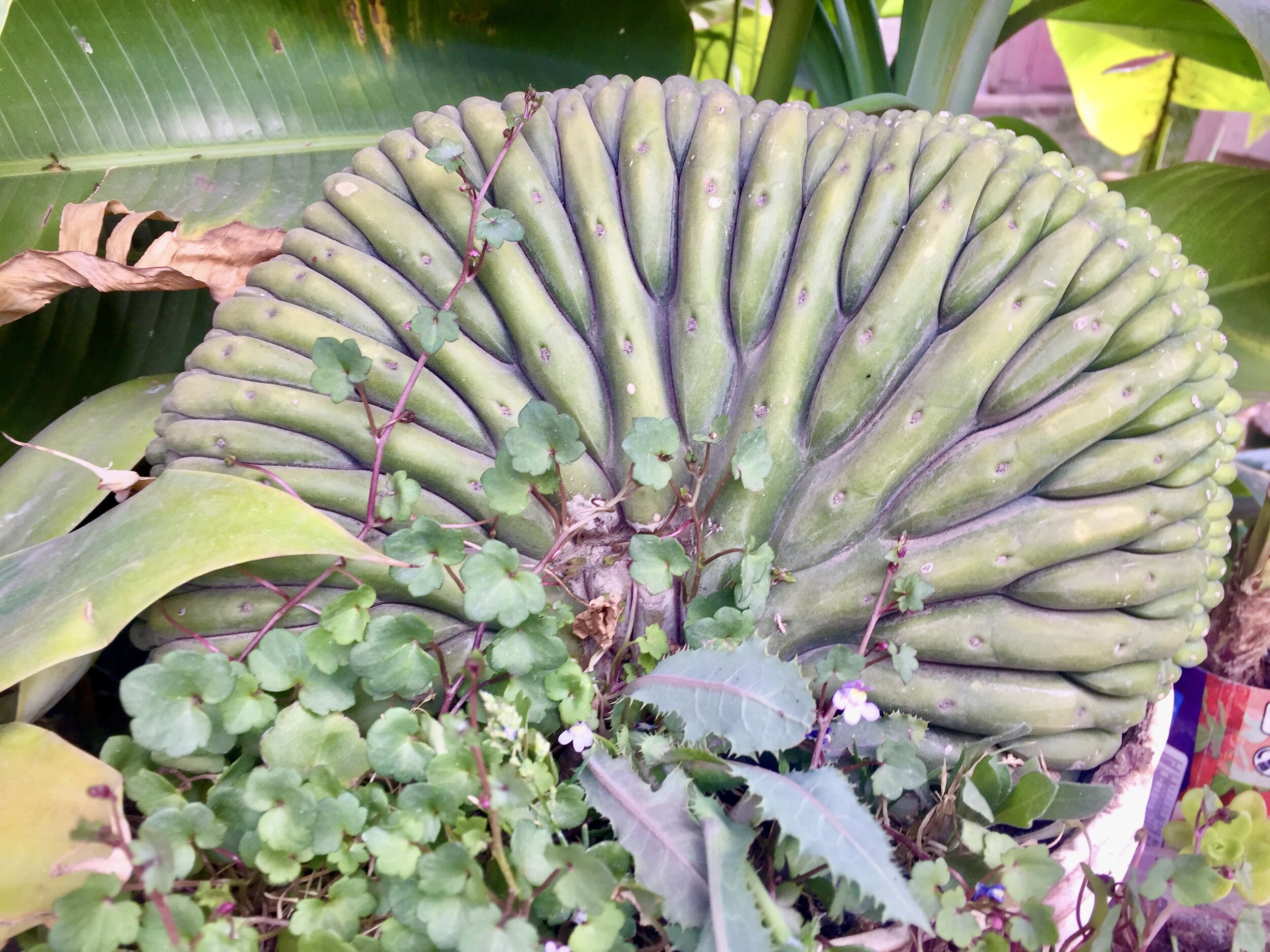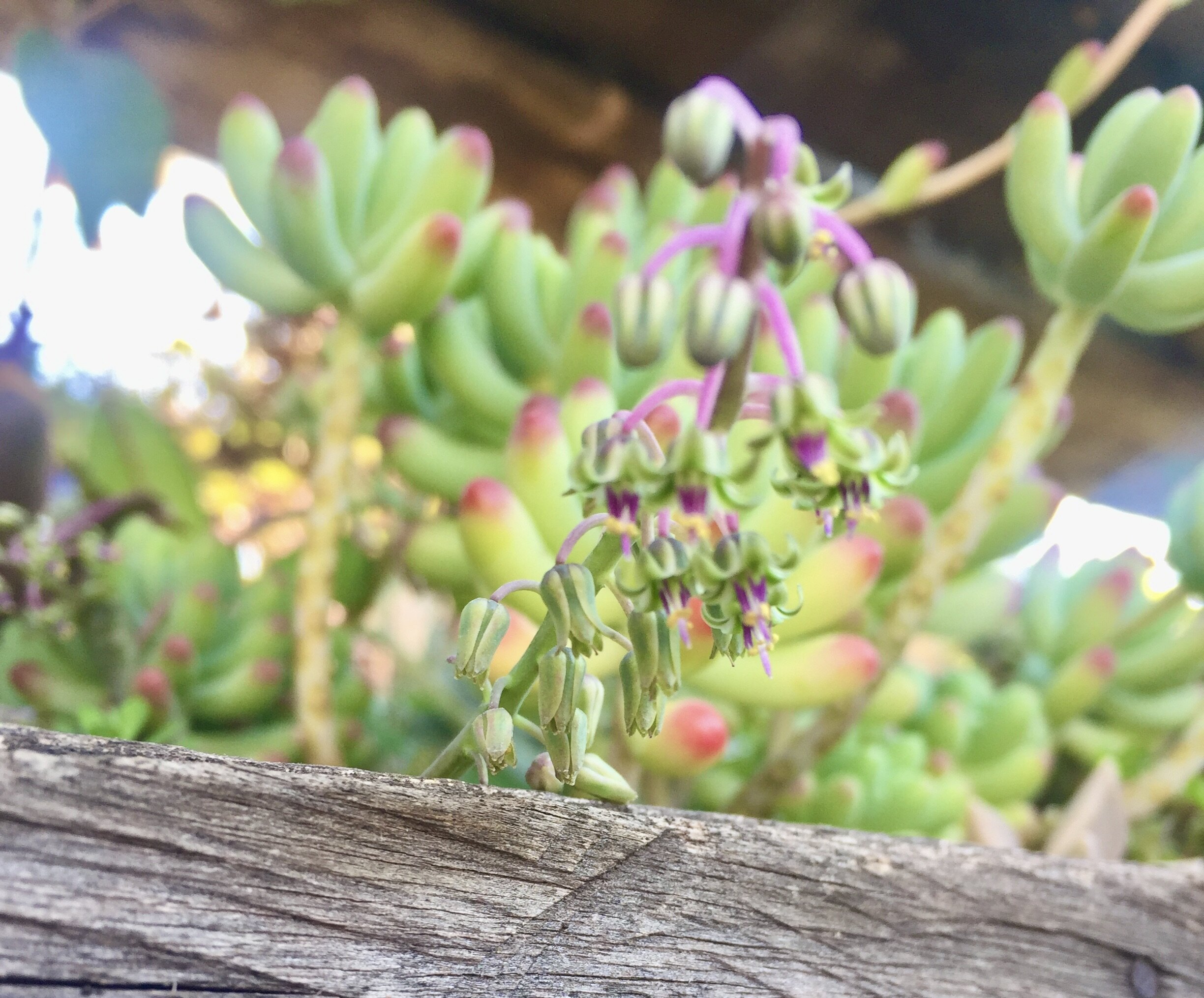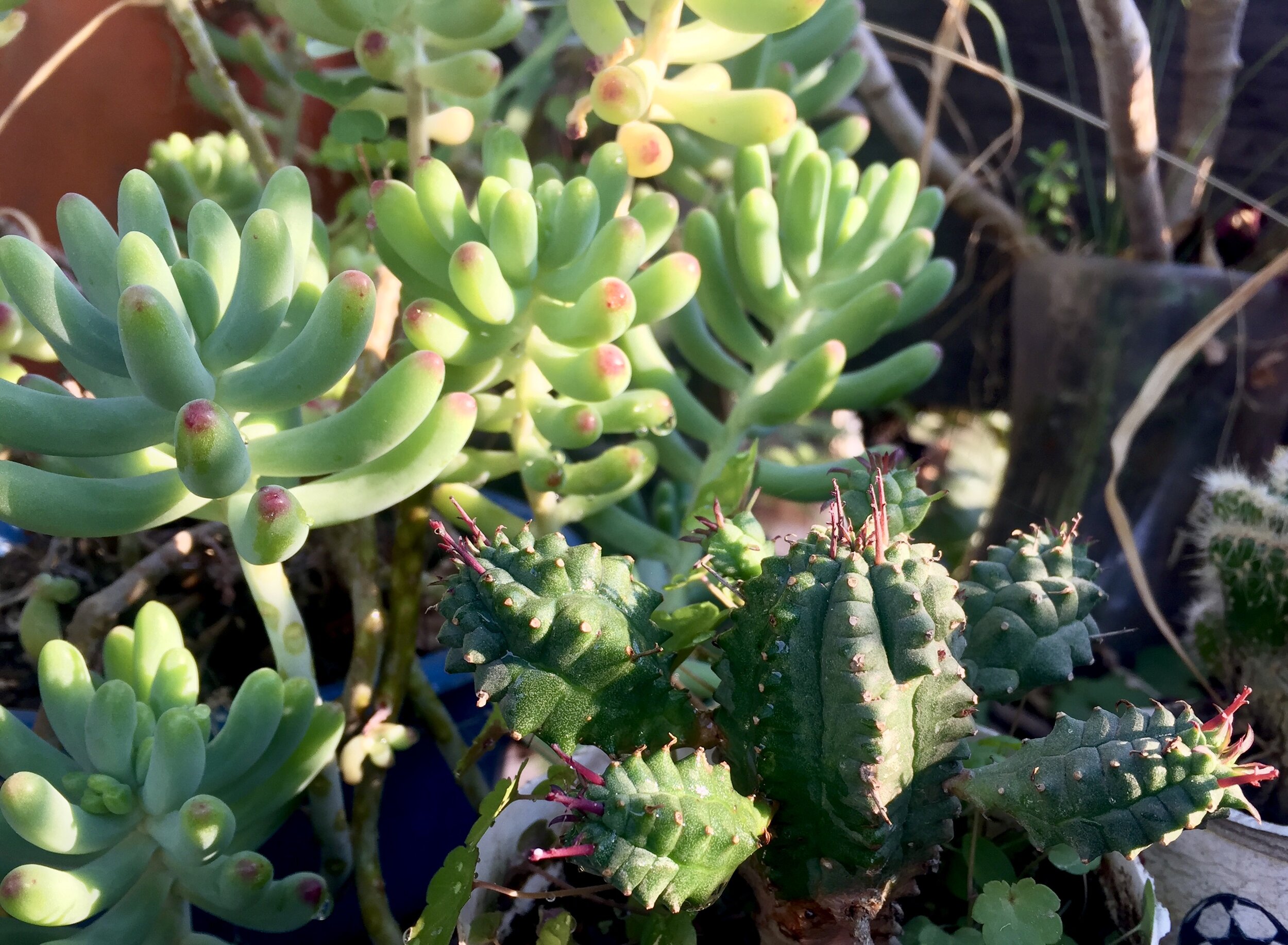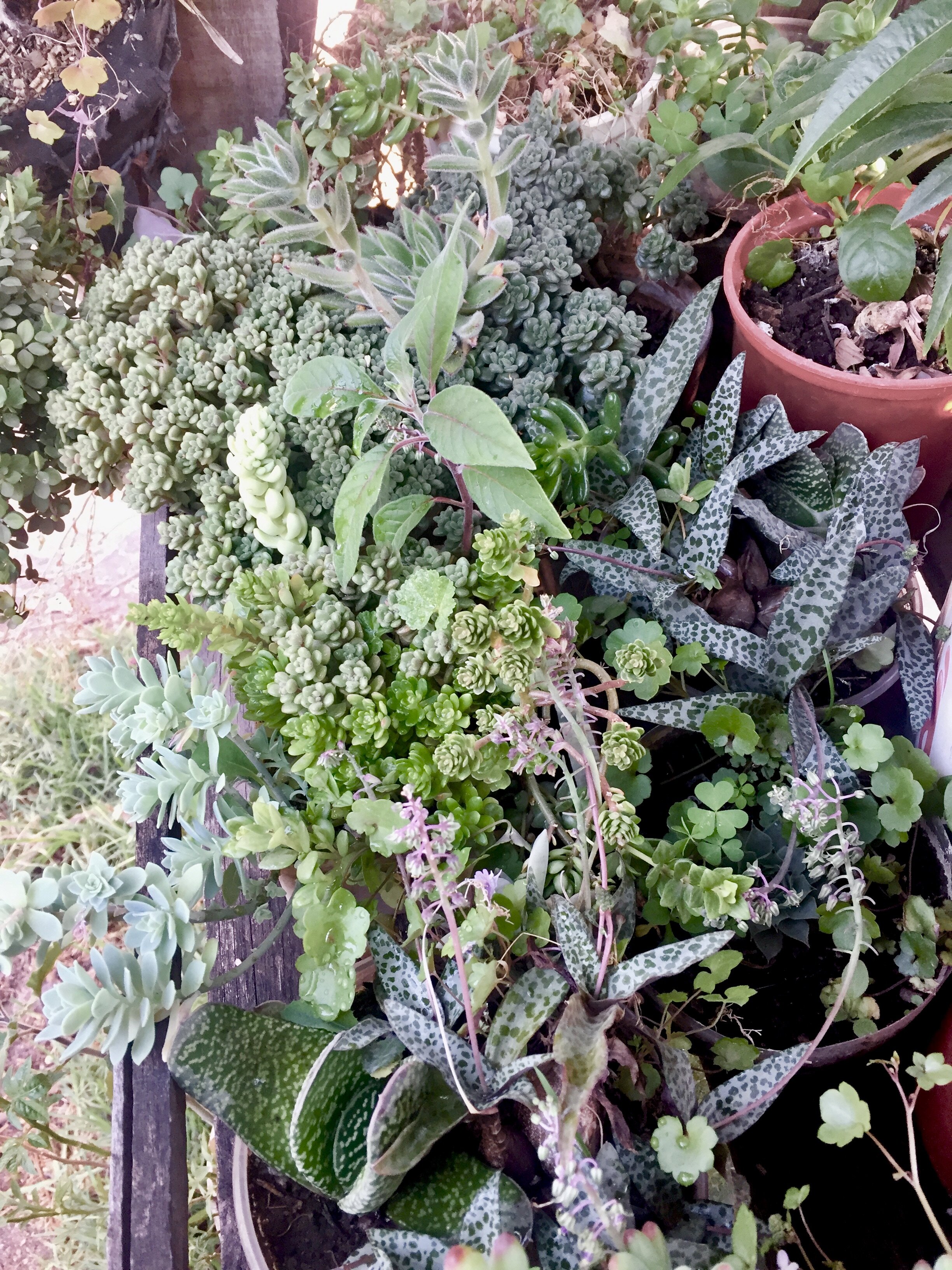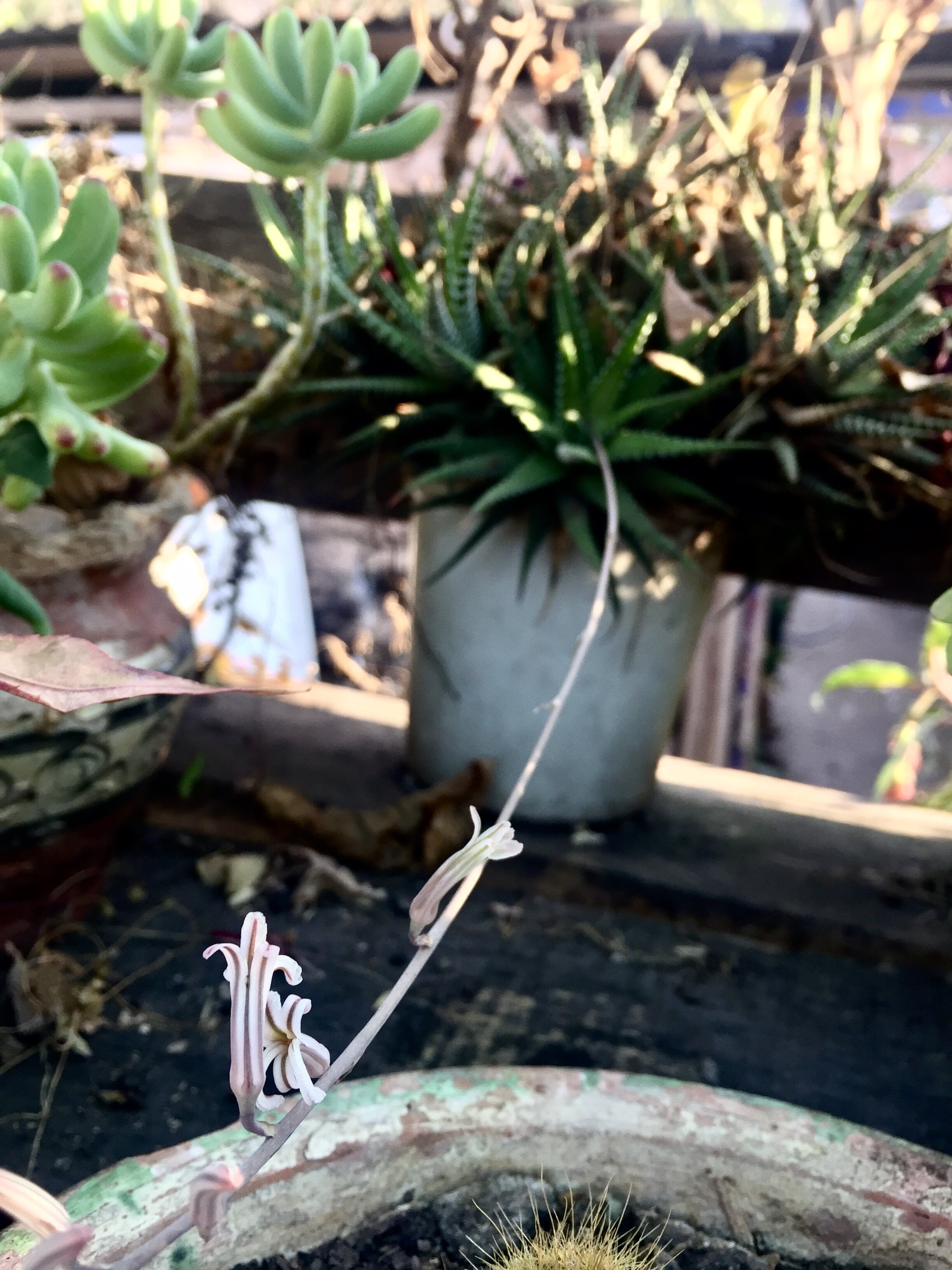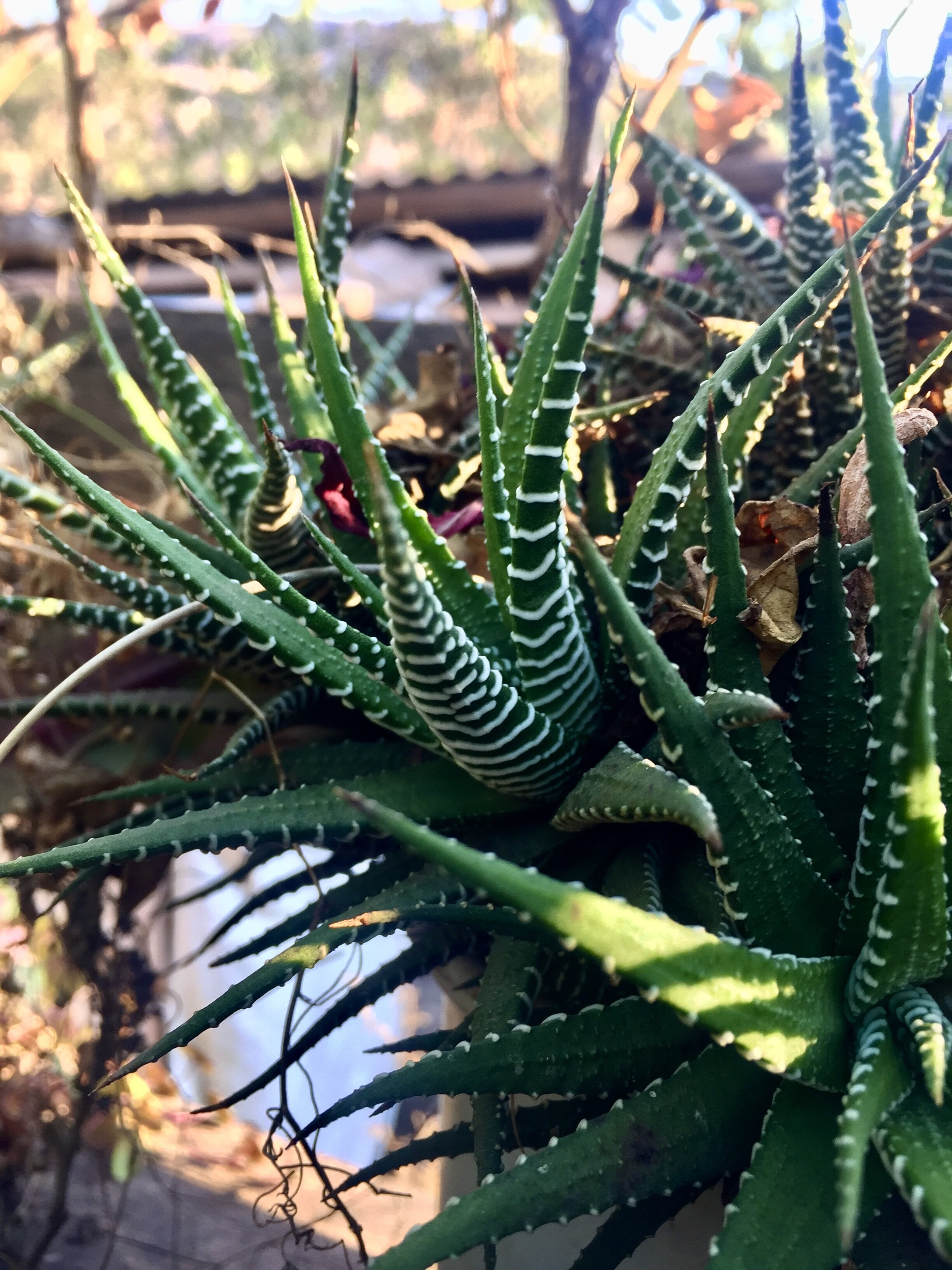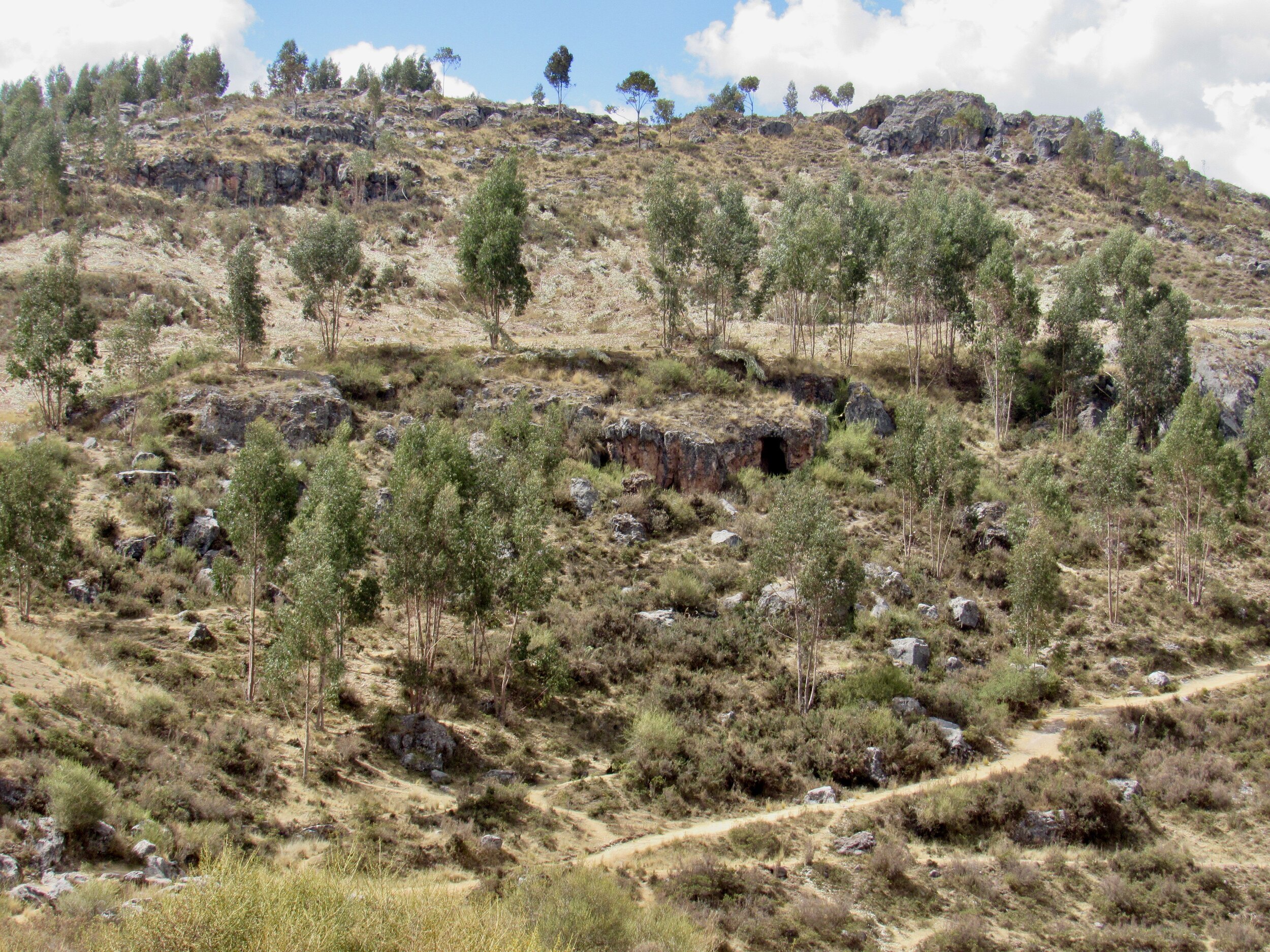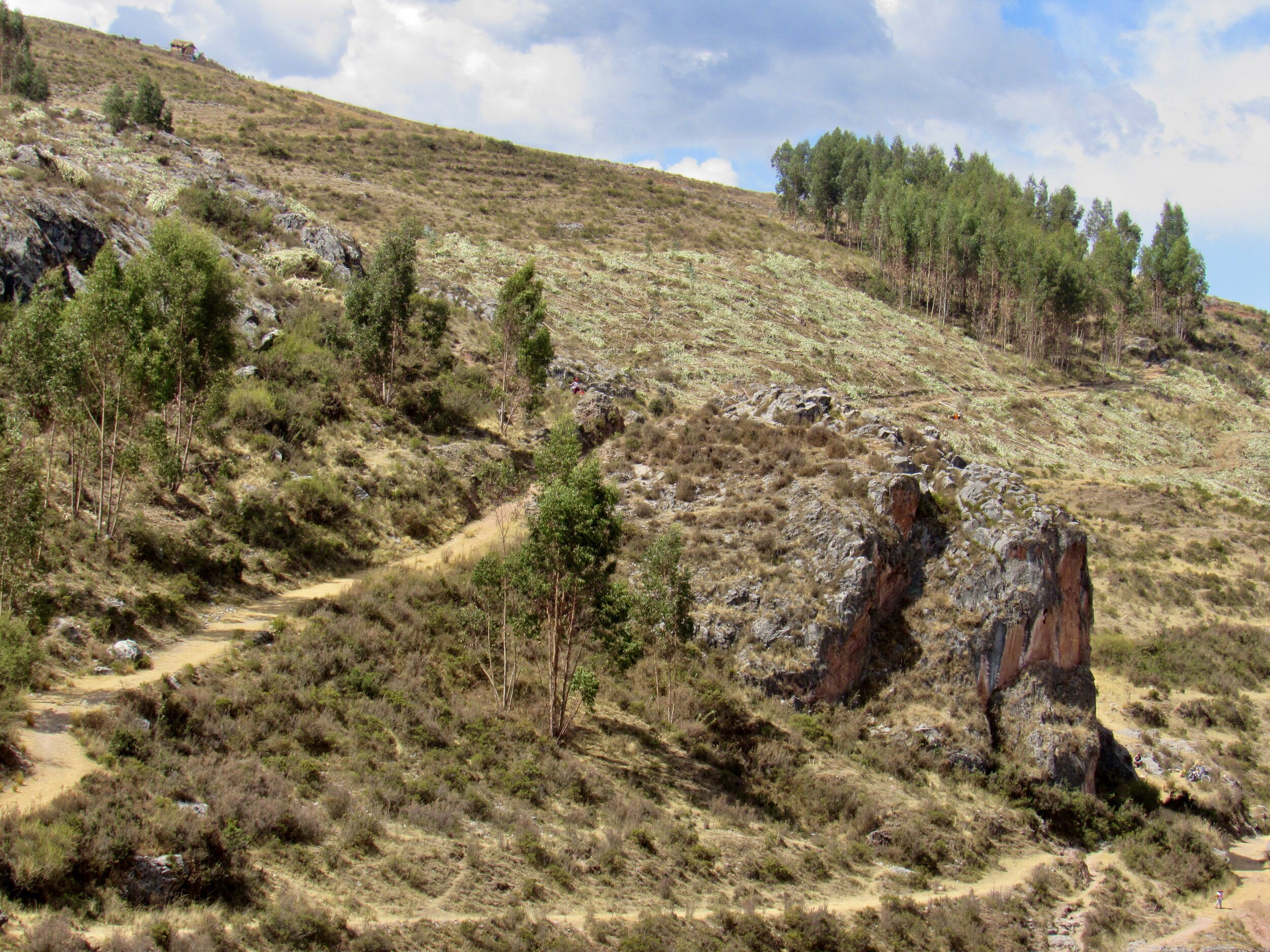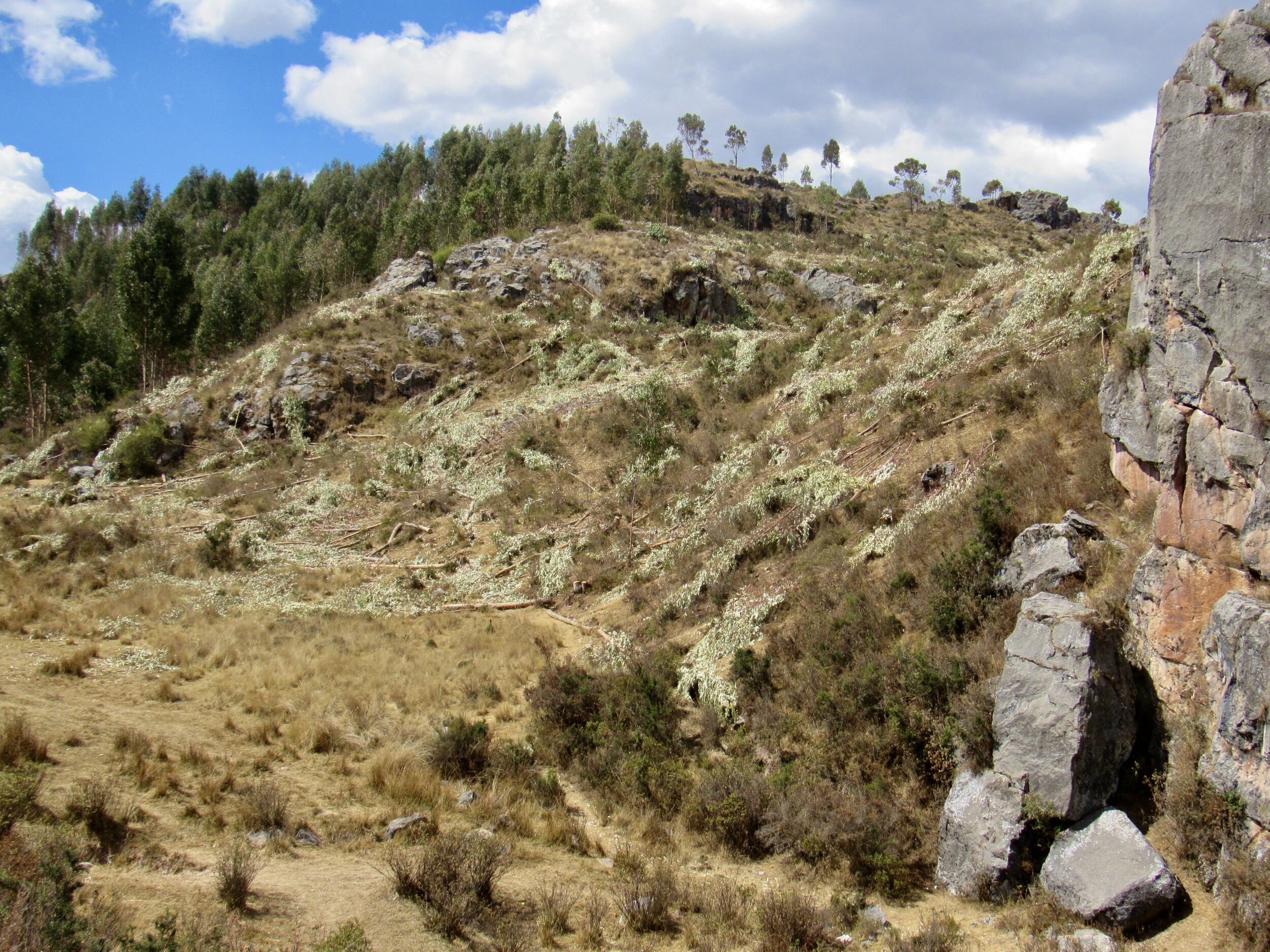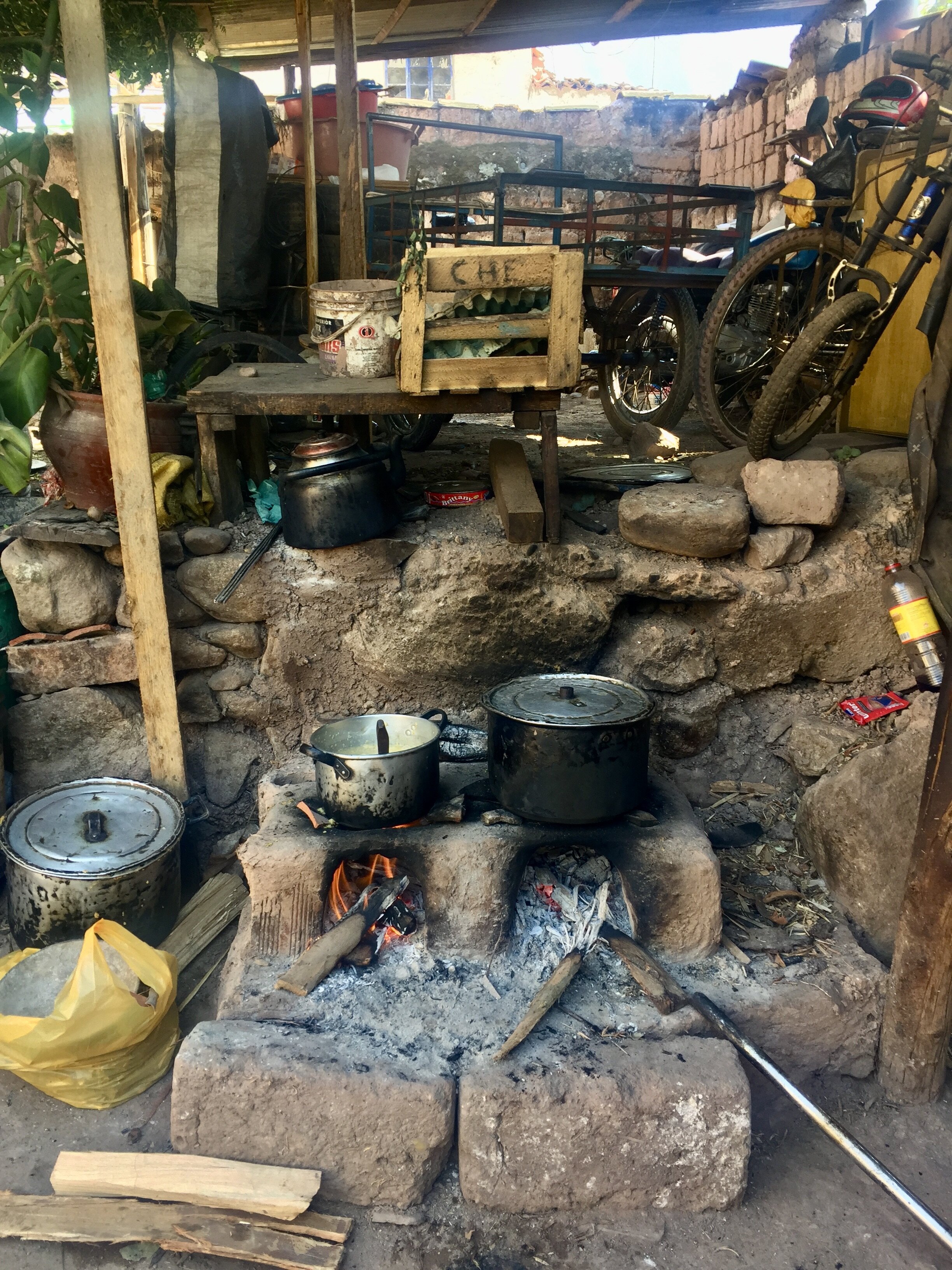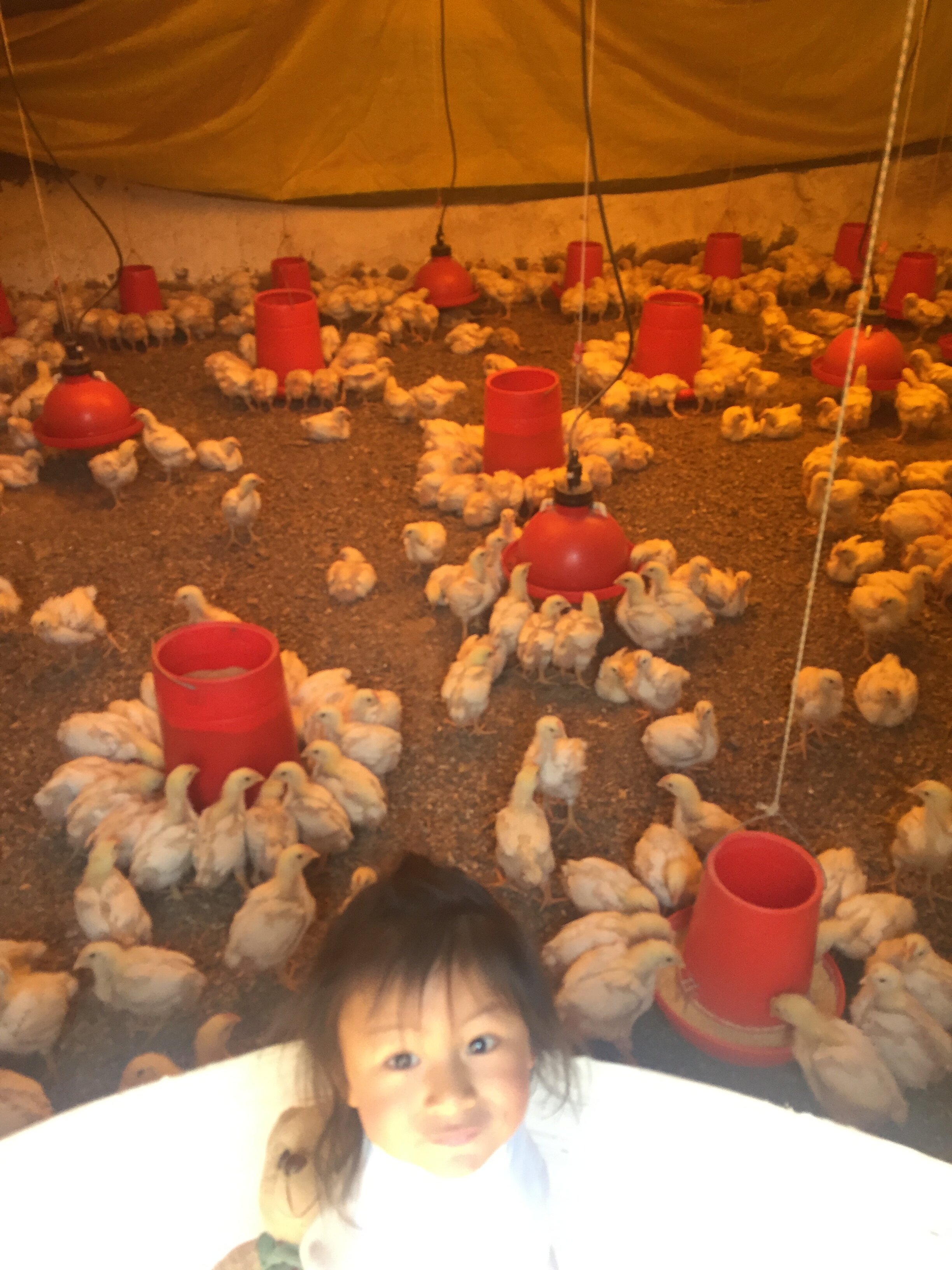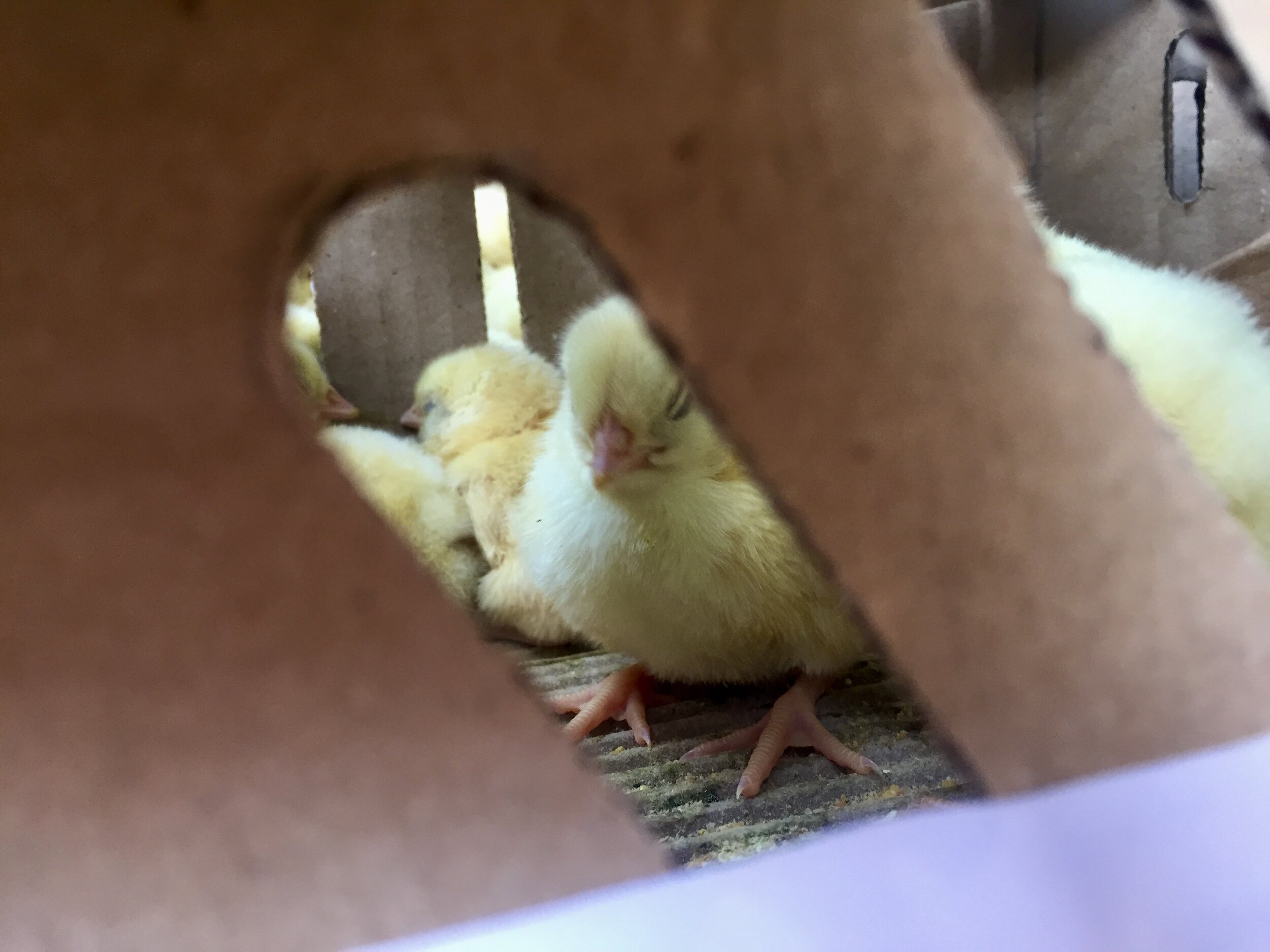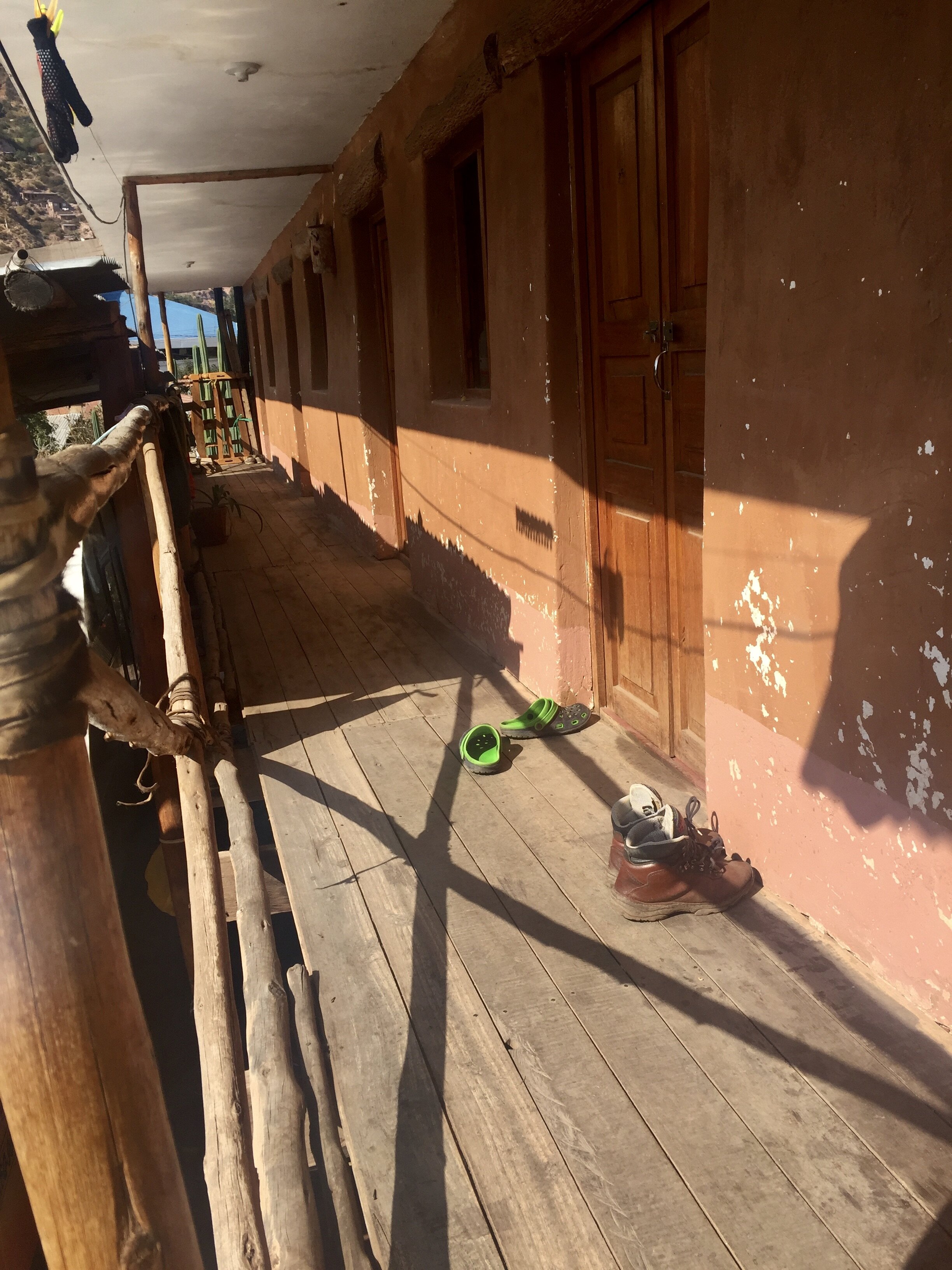Covid in Cusco: Week 28
The Plaza de Armas in Cusco is still closed
Six weeks into the pandemic quarantine lockdown and most public spaces are still closed. The Policía Nacional de Perú still has the main square in Cusco cordoned off - for security reasons. Some other smaller parks are open, but police and military still patrol tourist attractions to be sure that nobody is out sightseeing.
Sunday, 20 September, 2020
191 days since the first Covid-19 case was officially diagnosed in Cusco
In some parts of Peru, this is the last day of full day Sunday curfew. In Cusco, the current outbreak is so bad that none of the restrictions will be lifted here. We still have an 8pm curfew and are not allowed to leave the house on Sunday, except for emergencies. Our numbers for new Covid cases have plateaued and even started to go down a bit, but I’m still staying home as much as possible.
This weekend would have been the Canoe Island French Camp board retreat, which we are now doing by zoom. I stepped down from the board when I moved to Cusco, but asked to remain on a couple committees so that I can stay involved in camp. My maternal grandmother was one of the first directors at Canoe Island, in the 70s and 80s and I have always felt at home on the island. I was only a few months old on my first trip to Canoe Island and I was also able to be a camper there for three summers when I was old enough.
Being on the board has been wonderful and I was so happy to see everybody this weekend, but it was also bittersweet. I loved seeing the other board members, but listening to their small talk between meetings I realized just how different the pandemic situation is here in Peru. They can get in their cars and drive anywhere they want. Airports are open in the US, even if there are new restrictions for Covid. Most businesses and even some restaurants are open. They have never had a curfew for Covid.
I miss normalcy so much! I miss in-person meetings. I miss being able to travel when and where I want. I miss being able to visit friends and family. There are definitely days that I feel homesick for both Seattle and Boise.
Plus, it’s just sad that there was no camp this year. Not one child got to visit the island and all French activities and lessons were on zoom. That’s not camp. It’s just so sad how many things the pandemic ruined for kids. No camp. No birthday parties. No normal school.
The board retreat usually includes lots of eating and drinking and catching up on Friday, committee meetings on Saturday and a full board meeting on Sunday. This year, I attended the cocktail hour, committee meetings and today’s board meeting on zoom. It’s just really not the same.
Monday, 21 September, 2020
Today I packed a picnic lunch and walked up to the Temple of the Moon after work. It was sunny and windy and the air was clear. I haven’t smelled smoke in the air in several days and I’m hoping that wildfire season is dying down. The hike was beautiful, until I actually got up to the Temple of the Moon.
On the week 24 blog I posted a photo of an area of trees that had been cut down. Today I was shocked to see that many, many more trees have been cut down in the past few days. I hadn’t realized that it had been almost a week since I'd hiked up there. The difference is startling. It’s probably private land, and therefore legal to clearcut. Still, land so close to important archeological sites should have some kind of protection. Best case scenario, I am hoping that the area will be replanted with native trees, since it was invasive trees that were all cut down.
Angela gave me an update on Fabián at the beginning of our lesson today. He is still in the hospital and his father is still there with him. Fabian gets fed hospital food, but hospital food is only for patients. His father, who is not allowed to come and go from the hospital due to the pandemic, has to have food brought to him each day by the family. Fabián is getting both immunology therapy and corticosteroid therapy and they are hoping that next week he will be discharged from the hospital. Steroids are often used to control inflammation and auto-immune responses, which could be an after effect of Fabián having Covid about a month ago. Angela was still unclear if there was a diagnosis yet, but apparently he’s been responding to treatment, which is great!
This evening I was a little down, still sad about how much Covid has impacted Canoe Island, at least in terms of camp and the board retreat. It was also sad to see such a huge swath of my favorite hillsides clearcut. I really needed a pick me up and thankfully, KEXP delivered a fantastic show on El Sonido tonight. Cheerful, upbeat and energetic music is always good for me, especially when there are songs that I can sing along to from bands like the Mexican Institute of Sound and Bomba Estereo.
Tuesday, 22 September, 2020
Ruth Bader Ginsburg is still on my mind a lot this week. It’s hard to believe that she’s gone. It’s also hard to believe that we lost her at a time like this. We really needed her to hang on just a few more months. Pancreatic cancer is vicious though and it’s a miracle she survived her first bout of it. So RBG’s sudden death may not have been surprising, though it’s certainly a shock.
I am so nervous about when she’ll be replaced, and who will be appointing that new Supreme Court Justice. With all of that on my mind, I decided to look into what the equivalent of the Supreme Court would be in Peru. It’s called the Constitutional Tribunal, not the Supreme Court, and Justices are not appointed for life. They have a 10 year term and are directly appointed by the president. At least in the US, they have to be approved by Congress. Not so in Peru.
This is another one of those examples of how the president in Peru has a lot of unchecked power. This is probably also one of the reasons why corruption is such an issue here. The presidency seems designed to attract corruption. Most articles about presidents in Peru will tell you that “the last five former Peruvian presidents have either served jail time for corruption (Alberto Fujimori) or are under investigation for it (Alan García, Alejandro Toledo, Ollanta Humala and Pedro Pablo Kuczynski).”
It just so happens that today the Constitutional Tribunal is deciding about a case brought by the Peruvian government against 158 companies who owe taxes in Peru, including Scotiabank, Latam, several cell phone companies and Toyota. Together, they owe about s/11,000 million Peruvian Soles. (That’s about $3,081 million USD). They will decide whether to make these companies pay their taxes or not. This seems like such a bizarre case to me. Why would any court decide that any company shouldn’t pay their taxes? Why is this even a case?
It turns out that since many companies are used to paying bribes to both the president and the Constitutional Tribunal justices appointed by said president, they are used to paying bribes instead of taxes. In a turn of events that actually surprised many of my Peruvian friends and many newscasters here, the court decided that these companies should pay their taxes.
This next part takes me back to my description of politics in Peru as being magical realism (see the blog from week 23). Though the Constitutional Tribunal is the highest court in Peru, and though all appeals will eventually lead you there, and though this court is supposed to have the final say, there is a way to appeal this decision.
The appeal will have to go to the Inter-American Court of Human Rights, based in Costa Rica. I can’t imagine how the lawyers for these 158 companies can call this a human rights case, but maybe they’re just so used to getting their way in Peru that they figure that eventually some court will rule in their favor. I hope the case gets struck down quickly and the companies are forced to pay their taxes soon. If an effective and safe vaccine for Covid comes along, I would like the Peruvian government to have enough cash on hand to buy it.
Wednesday, 23 September, 2020
Today is the Day of the Student in Peru! Every September 23rd, we celebrate students here. It’s a good opportunity for me to do a little more research about education in Peru. If you’ve been following my blog, you’ve read about my horror at discovering that public education here is neither free nor mandatory. As I’ve been trying to learn about the state of the educational system here, I’ve heard several people tell me that there is a proposal to make all public education here private. I can hardly think of a worse decision that a country could make. Could they really abolish the already un-funded public school and make all of them private schools? Thankfully, I found a recent article that called this idea a myth.
The Ministry of Education (Minedu) assures us that schools will “continue to be free” but also notes that there are new ways for non-profit organizations to “guarantee improvements in learning.” (All translations are mine). Some of the descriptions of these non-profit organizations makes them sound like the Peruvian equivalent to the US charter schools. “The Director of School Management Quality for Minedu, Mariela Zapata, affirmed that schools which are managed by non-profits will continue to be public and free and the government will continue to finance teacher salaries, preventative maintenance and all that is required to continue functioning.” Her proclamation that public schools are free confuses me.
I wonder if Ms. Zapata has ever spoken to the families in villages like T’astayoc or Mayubamba. Those families have told me that they cannot afford to send their children to public schools because they are asked to pay for things like light bulbs and paper and chairs. They also say that they have to pay yearly tuition for public schools. Maybe her definition of free is different from mine.
Thursday, 24 September, 2020
A quick check of the numbers this morning brought me some good news: our daily count of new cases in the Cusco region was down to 328 yesterday! We also now have two ICU beds available, an improvement over last week’s one available ICU bed. However, the city of Cusco continues to have the vast majority of cases in the region. Of the 52,644 regional cases, 33,644 have been in Cusco. Interestingly, the percentages of cases have gone up for people under 30 years old and down for those over 30.
Last week I was surprised to see such a small number of cases for people under 30, only 20 percent. This week it’s up to 26 percent. That’s a big jump for just one week. I wonder if we are starting to see the wave that’s hitting Europe and the US. As restrictions relax, are more young people here getting Covid than before? The numbers here do hold with the general observation that younger people don’t die as often from Covid. We have only one recorded death of a child under 9 years old and only one person in the 10 to 19 age category but we have lost 706 of our elders over 60 years old.
Now that I have found a good source of stats, I’ll have an easier time tracking how the pandemic is changing and progressing here. Looking at the statistics, getting information from real numbers, is so much better than trying to read the sensationalized articles in the press.
Chicha in the Sacred Valley
A raised red flag, or in this case a raised red plastic bag, is the sign of chicha! This is a very typical scene in the Sacred Valley: adobe homes, dusty roads, old Volkswagons and chicha for sale. Chicha is normally made at home and it’s the neighborhood chicherías that have the best chicha, a lightly fermented drink made from yellow or white corn.
Friday, 25 September, 2020
Today after work I braved public transportation and took a taxi to Urubamba. It was just a quick getaway from Cusco, a short weekend vacation staying with a family I know. Since Sunday is still a full day quarantine/lockdown, without any transportation, I will have to go back to Cusco on Saturday evening. Trying to get back to Cusco before 9am Monday so I can be online for work would be too rushed.
Transportation is mostly normal now. There was absolutely no legal transportation between towns from March 15th through the end of June. In July, transportation started up again, with lots of new Covid regulations. Between Cusco and Urubamba, the most common ways to get back and forth are taxis or vans. Prices have gone up, since neither can be at full capacity anymore. A taxi can now have only two people in the back seat and everybody in the car must wear masks and face shields. Vans are running at about half capacity, with some seats marked off with a big red X, so nobody is sitting directly next to another person.
Taxis are s/15 and vans are s/10, which is only a little more expensive than usual. Today, I took a taxi, sitting in the back with my window open and fresh air blowing on my face shield. I was definitely not breathing any of the exhalations of the driver or other two passengers in the car. The route from Cusco to Urubamba goes up and over a plateau and through the town of Chinchero at the trop.
Chinchero is famous for its textiles, especially the intricate weavings of alpaca wool, the yarn dyed with natural dyes made from leaves, purple corn and the cochineal bug, whose body is 80% carmine. Chinchero is a ghost town without tourists. The weaving cooperatives, where tourists can learn about both the process of spinning yarn and weaving textiles, and also the process of dying the yarn. Several times, I have accompanied groups who go to see demonstrations of how natural dyes are used and how the weavings are made. My favorite part is always when we see how the cochineal is used. The demonstration is definitely done in a way to surprise or even shock tourists. Not only does the woman doing the demonstration squish a bug between her fingers to show how red the bug juice is, she also jokes about it being Quechua lipstick and smears some of the dye on her lips.
Natural Dyes used in the Sacred Valley
The leaves and flowers are easy to identify. More unique are the purple corn and cochineal dyes. Purple corn only grows in specific micro-climates in Peru and is next to impossible to find outside of Peru. Besides dye, it’s also used to make several sweet drinks and desserts, as detailed on last week’s blog. The cochineal bugs look like little grains with the bright red yarn.
Even more than the tourist side of Chinchero, I love the spectacular views of glacier-covered Andean peaks from Chinchero. On sunny days, you can see a whole range of incredibly rugged peaks. On cloudy days, at least the closer peaks of Chicon and San Juan peek through the clouds. The town is at 3,762m./ 12,343 ft. above sea level, which makes it even higher than Cusco. The city of Cusco is in a valley, surrounded by high hills, but with only a view of the glacier-covered Ausangate to the south. Chinchero is on a high plateau, with 360 degree views of Andean peaks.
Dropping down into the Sacred Valley to Urubamba, you lose the views of all but Chicon. The town is on the main road through the Sacred Valley that stretches from Pisac in the southeast to Ollantaytambo in the northwest. Ollantaytambo is the western end of the Sacred Valley, but the beginning of the narrower Vilcanota Canyon which takes you to the town of Aguas Calientes, directly below the famous Machu Picchu. This canyon is so narrow that there is no space for a road, just one set of train tracks on the edge of the river.
Arriving in Urubamba, I went directly to the family’s home. It is only a couple blocks from the main road, and very much in the center of town, but still very old fashioned and even rustic. The house is a two story adobe and each room has a door to the outside, facing east for the morning sun. Urubamba is at a much lower altitude than Cusco and it is noticeably warmer there. After over a year in Cusco, I also really notice how much more oxygen is in the air there. After so much time trapped in lockdown, it’s a relief to have a change of scenery.
Saturday, 26 September, 2020
It was lovely to wake this morning to a warm sun, in a much quieter neighborhood than my own. Even though this family lives almost in the center of Urubamba, the streets are quiet. In Cusco, the closure of markets and people’s fear of contagion has given rise to a whole new world of shopping: people selling from their cars. On the one hand I really like it because I don’t have to go anywhere that might have a line or a crowd and the food I want to buy comes right to my door. On the other hand, it has made the streets obnoxiously loud. Everybody selling something has a loudspeaker announcing what they have, trying to entice people to come out of their homes to buy and also playing annoying music to get our attention. Even worse, the people who are selling fresh milk have soundtracks of cows mooing. It got old really fast.
The quiet morning in Urubamba was a much needed break from noisy Cusco. After breakfast, I got a tour of the property from Auqui. One of his brothers raises chickens and I got to see where they have the half-grown chickens and also another building that they got ready for this afternoon’s arrival of another 500 little fluffy yellow chicks. Chicks are cute, but what I really loved was the massive collection of plants, most of them cacti and desert succulents.
These past six months, all of us who work in tourism have been scrambling to try to get by financially. Most of us have had to find some other industry to work in. I’ve gone back to doing some teaching, though it’s only hourly private lessons, not a full time job. Some others I know have found work in factories sewing masks, in the mines or even harvesting in the fields. Looking at the hundreds of plants, I asked Auqui if he had ever thought of selling some of them. He laughed. Of course he has sold plants in the past, but now doesn't know where or how he could sell during the current lockdown situation. I suggested that he start with Facebook and offered to help.
This would be a great project for me. Before I moved to Cusco, I had a fantastic garden in Seattle and loved planting and harvesting. Working with plants and playing in the dirt is wonderful for my mental health. With all of the stress of the pandemic the past few months, I’ve really missed the relaxation therapy that I used to get from my garden.
Most of these plants are in random containers, not real clay pots. As much as I find admirable the reduce/reuse way of gardening, plants in milk cartons and tin cans wouldn’t sell well. All we need to invest in are some decorative pots and the time to transplant them and take photos of them. Of course, then there’s the work of marketing what we have and actually selling them, but the up front investment is really just time and decorative pots. We have plenty of time on our hands, so now we just have to find somebody who will sell us a large quantity of pots at a wholesale price.
With the Covid Relief Project on hold until the current outbreak dies down, I’m happy with the prospect of a new project to distract me from the pandemic.

